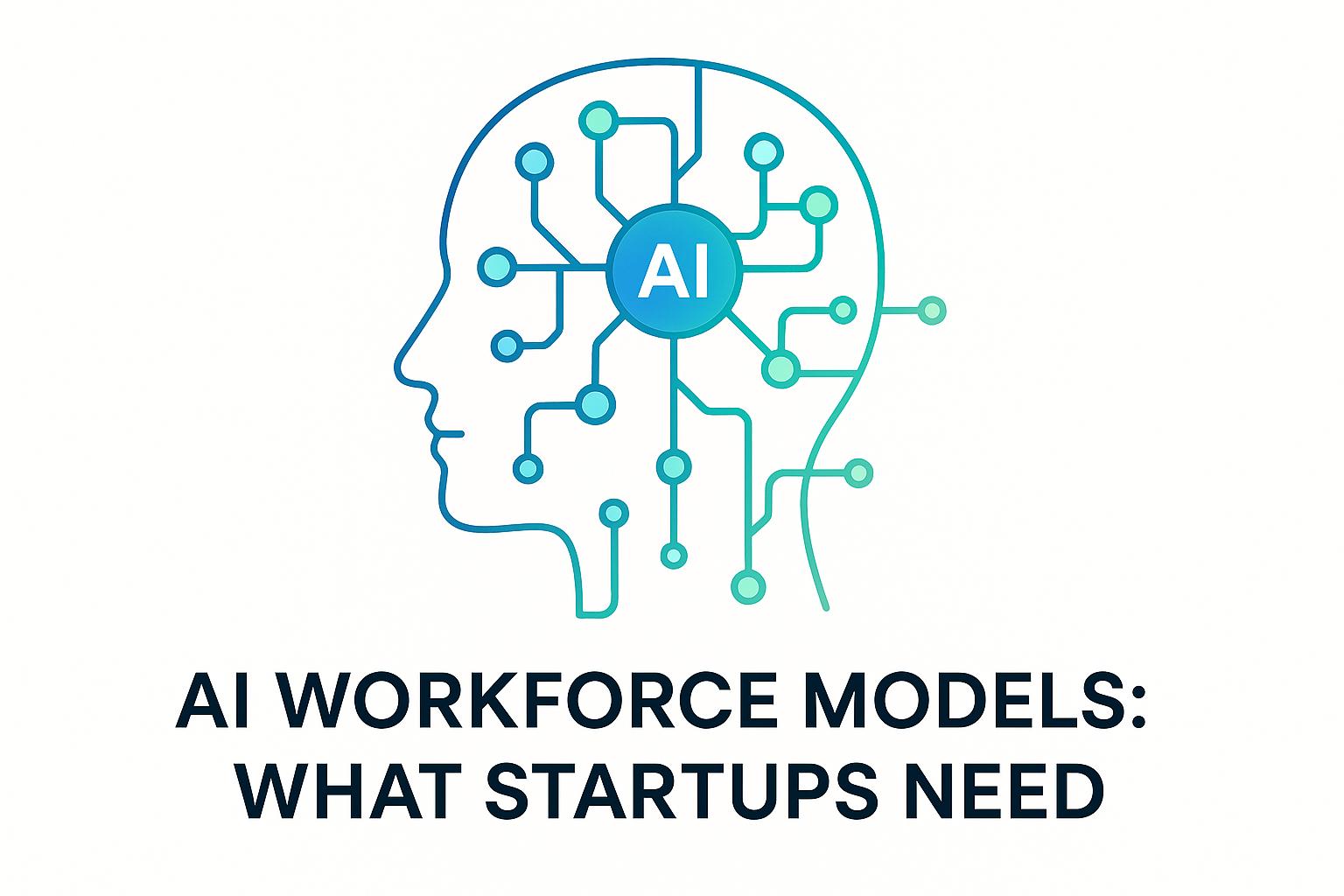Variance reporting compares expected financial outcomes with actual results, helping businesses adjust budgets and strategies. But traditional methods are slow, error-prone, and require significant effort. AI-powered tools solve these issues by automating data collection, analysis, and reporting, making financial management faster and more accurate.
Key Benefits of AI in Variance Reporting:
- Automated Data Collection: Connects to accounting, payroll, and banking systems for real-time updates.
- Error Reduction: Cleans and standardizes data to avoid mistakes.
- Real-Time Analysis: Tracks variances and flags issues instantly.
- Actionable Insights: Explains discrepancies and predicts future trends.
- Custom Reports: Generates clear, visual reports for stakeholders.
By simplifying variance reporting, AI saves time, reduces errors, and helps businesses make smarter financial decisions.
How BlackLine Adds AI Innovation to Variance Analysis and Financial Reporting

Data Collection with AI
AI-powered variance reporting begins with efficient data collection, removing manual tasks and minimizing errors. These systems simplify how data is gathered and processed, delivering faster and more dependable outcomes.
Connecting Financial Systems
AI platforms connect directly to key business tools to automatically pull financial data. This creates a unified system that updates in real-time, so variance reports always reflect the most current information.
| Integration Type | What AI Collects | Benefits |
|---|---|---|
| Accounting Software | Transaction data, invoices, bills | Automated reconciliation |
| Payroll Systems | Salary data, benefits costs | Accurate personnel expense tracking |
| Banking Platforms | Cash flows, account balances | Real-time liquidity monitoring |
For instance, Lucid Financials integrates seamlessly with QuickBooks, major payroll providers, and banking systems. Once set up, it standardizes all collected data automatically, ensuring consistency for analysis.
Data Cleanup Process
After gathering data, AI systems handle the cleanup and standardization process to maintain accuracy. This includes tasks like:
- Flagging unusual transactions
- Standardizing data formats across sources
- Identifying and resolving duplicate entries
- Categorizing transactions uniformly
Time and Cost Savings
AI-driven data collection significantly boosts business efficiency. By cutting down on manual data entry and speeding up report creation, finance teams can dedicate more time to high-value tasks like strategic analysis.
"Lucid has made it incredibly easy to track spending, plan ahead, and handle our growth. It's straightforward and effective. Managing my finances has become much easier with this platform. It's user-friendly and efficient, saving me a lot of time and effort." - Aviv Farhi, Founder and CEO @Showcase
These improvements not only accelerate reporting but also enhance decision-making, enabling finance teams to focus on insights and smarter resource allocation.
Smart Variance Analysis
AI takes the heavy lifting out of variance analysis by identifying patterns and explaining discrepancies in financial data. It processes massive datasets to provide actionable insights almost instantly.
Spotting Key Variances
AI algorithms compare actual results with forecasts and historical trends to pinpoint differences. It quickly scans transactions and flags deviations that go beyond set thresholds.
| Variance Type | What AI Analyzes | Action Triggers |
|---|---|---|
| Revenue | Sales trends, pricing shifts | Deviation greater than 5% |
| Expenses | Spending categories, vendor costs | Unusual spikes in costs |
| Cash Flow | Payment timing, collection rates | Indicators of liquidity risks |
| Growth Metrics | CAC, burn rate, runway | Performance against benchmarks |
These metrics are continuously monitored, and any significant variances are flagged for further review.
Pinpointing Variance Causes
AI digs into various data points to uncover why variances occur. It evaluates factors like:
- Seasonal trends affecting revenue and expenses
- Market shifts impacting pricing or costs
- Operational adjustments influencing efficiency
- Changes in customer behavior affecting sales
For instance, Lucid Financials uses its AI-driven tools to analyze variance patterns across a range of financial scenarios. By combining historical data with real-time inputs, it helps businesses understand the root causes of deviations and provides the context needed to interpret them.
Armed with this information, AI doesn’t just stop at explaining variances - it also looks ahead.
Predicting Future Trends
AI models project growth scenarios, forecast cash flow, and highlight potential risks or opportunities. By integrating industry benchmarks with company-specific data, these forecasts help organizations stay ahead of upcoming financial challenges.
sbb-itb-17e8ec9
Building Better Reports
AI takes the guesswork out of data analysis by transforming raw numbers into structured, decision-ready reports. This process connects data insights directly to actionable business strategies.
Plain Language Explanations
Instead of overwhelming users with raw data, AI tools summarize findings in clear, straightforward language. These summaries highlight key trends and their impact on business decisions.
Modern AI platforms analyze variance patterns and provide contextual explanations, helping teams understand:
| Report Element | AI Insight | Business Advantage |
|---|---|---|
| Revenue Changes | Explains market trends and seasonality | Helps refine forecasting |
| Cost Variances | Identifies spending trends and outliers | Aids in better budget management |
| Performance Metrics | Compares results to industry standards | Offers insights for strategic planning |
| Growth Indicators | Identifies potential growth areas | Supports scaling decisions |
In addition to text-based insights, AI makes use of visuals to make data even more accessible.
Visual Data Reports
AI brings variance data to life with visual tools that instantly clarify trends and patterns. These visuals make it easier for stakeholders to understand financial performance without poring over spreadsheets.
Some of the most effective AI-generated visuals include:
- Trend Analysis Charts: Highlight how variances evolve over time.
- Comparison Dashboards: Show actual performance against projections.
- Heat Maps: Pinpoint areas that need immediate focus.
Report Templates
AI platforms also offer customizable templates tailored to different business needs. These templates ensure consistency and professionalism while adjusting automatically based on the audience and purpose.
For example, AI tools like Lucid Financials provide templates for various scenarios:
| Template Type | Purpose | Key Features |
|---|---|---|
| Investor Updates | Communicating with stakeholders | Growth metrics, industry benchmarks |
| Board Reports | Strategic and governance oversight | Performance indicators, risk analysis |
| Financial Planning | Budget and forecasting | Scenario modeling, trend insights |
| Operational Reviews | Monitoring daily performance | Real-time data, variance tracking |
These templates save time while allowing businesses to focus on the financial insights that matter most.
Choosing AI Report Tools
Today's tools simplify complex data, turning it into actionable insights.
Key Features to Look For
When picking an AI variance reporting tool, focus on these core features:
| Feature Category | Key Components | Business Value |
|---|---|---|
| Data Integration | Connects with QuickBooks, payroll, and banking | Provides real-time financial updates |
| Analysis Tools | Detects variances automatically | Uncovers patterns and trends |
| Reporting Features | Custom templates and dashboards | Enhances clarity in communication |
| Planning Tools | Scenario modeling capabilities | Aids in making informed decisions |
| Collaboration Tools | Multi-user access and permission settings | Boosts team productivity |
These features help deliver precise and timely variance insights, supporting better financial management.
Steps to Get Started
Setting up an AI variance reporting tool involves these steps:
-
Evaluate Current Systems
Review your existing financial tools to determine integration needs. -
Migrate Data
Import historical financial data to create baseline metrics. -
Configure Settings
Tailor the tool to your business by adjusting:- Variance thresholds
- Key performance indicators (KPIs)
- Alerts for notifications
- User permissions
Once set up, you can immediately start using the tool's integrated analysis to make smarter financial decisions.
Case Study: Lucid Financials in Action

Dukapaq improved its financial reporting using Lucid Financials. CEO Luka Mutinda shared:
"As our company grows, budgeting and cash flow management have become crucial. The features provided are essential and have greatly streamlined these processes for us".
Here’s how Lucid Financials made a difference:
| Area | Improvement |
|---|---|
| Data Processing | Automatic syncing with QuickBooks and payroll |
| Analysis Speed | Real-time variance detection and reporting |
| Report Quality | AI-driven insights with visual presentations |
| Time Efficiency | Automated report creation and distribution |
Erez Lugashi, Founder and CEO at Abilisense, also praised the platform:
"Keeping track of my finances used to be overwhelming, but now it's much simpler. The platform is well-organized and easy to navigate".
Lucid Financials also offers flexible pricing plans to suit different business needs.
Conclusion
Key Advantages
AI is changing the game in variance reporting by delivering quicker and more precise insights. Real-world examples show that AI-powered tools can make financial management up to 100 times faster than older methods. This leap forward is driven by three main factors:
| Advantage | Effect | Business Benefit |
|---|---|---|
| Real-Time Processing | Instant analysis of data | Faster decision-making |
| Automated Analysis | Ongoing variance tracking | Early identification of trends |
| Smart Insights | Recommendations powered by AI | Less reliance on manual work |
These advancements help businesses turn detailed financial data into actionable insights while saving time and reducing effort on reporting tasks. As AI continues to evolve, even greater improvements are on the horizon.
The Future of AI in Finance
AI's role in financial reporting is expanding, with several emerging trends shaping its future:
-
Enhanced Fraud Detection
AI tools are becoming better at spotting unusual patterns in international transactions and payments. -
Predictive Analytics
AI is advancing to provide more precise revenue forecasts, especially for startups and growing companies. -
Scenario Planning with AI
With ongoing market uncertainty, AI is being fine-tuned to quickly create and compare multiple financial scenarios, helping businesses plan for different possibilities.
"We found a powerful yet simple solution for our financial planning needs, which has been a great addition to our business." - Refael Shamir, Founder and CEO @Letos
These developments are making advanced financial analysis easier to access for businesses of all sizes. AI tools are becoming more budget-friendly and user-focused, bridging the gap between complex data and meaningful business insights. This shift is making variance reporting faster and more practical for informed decision-making.


